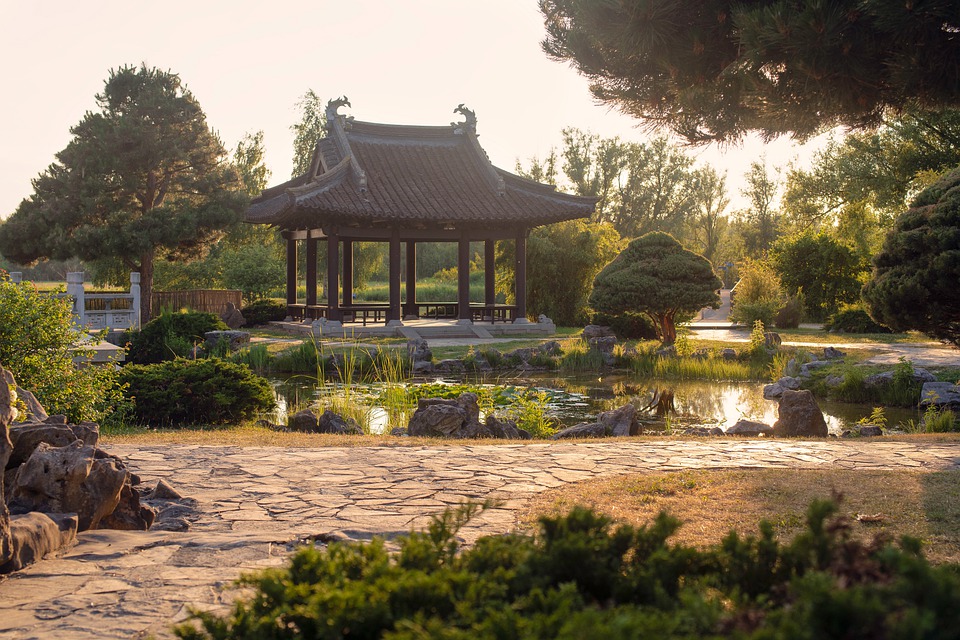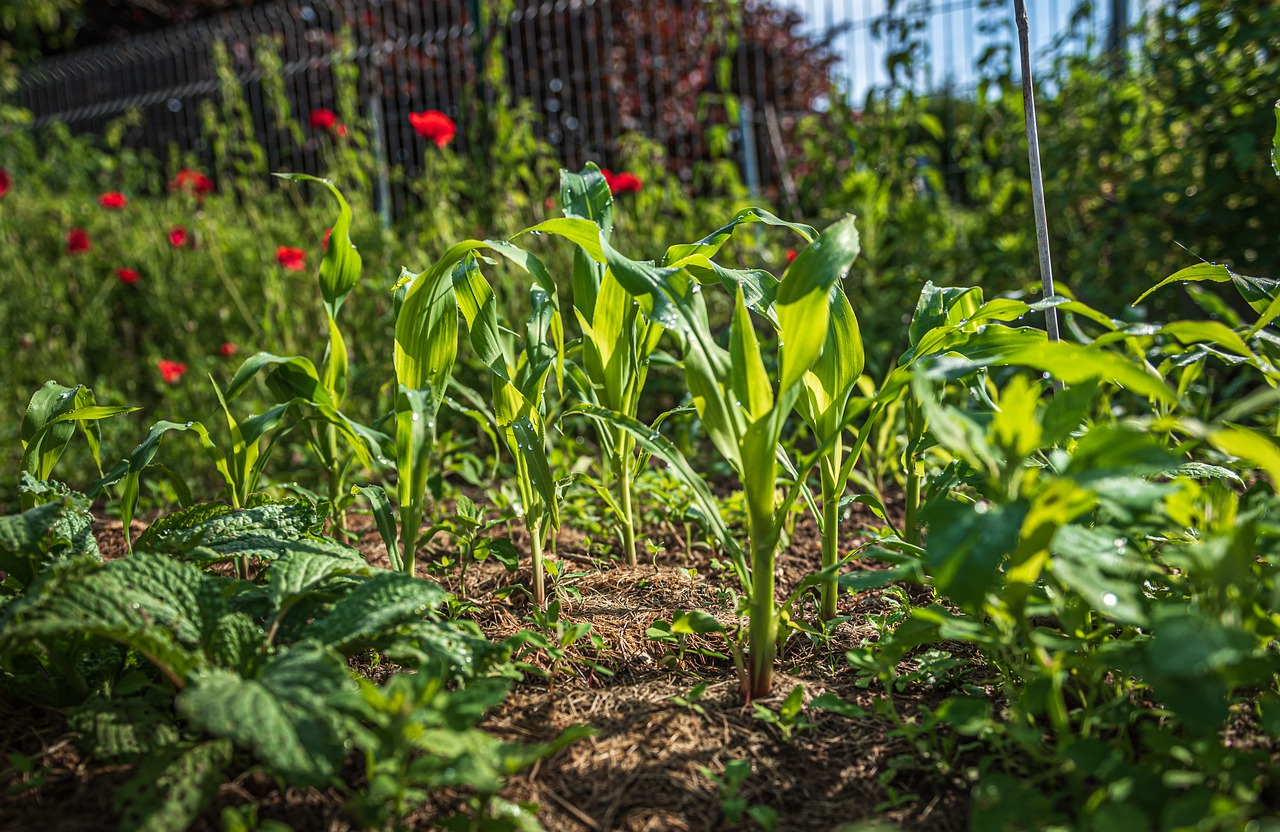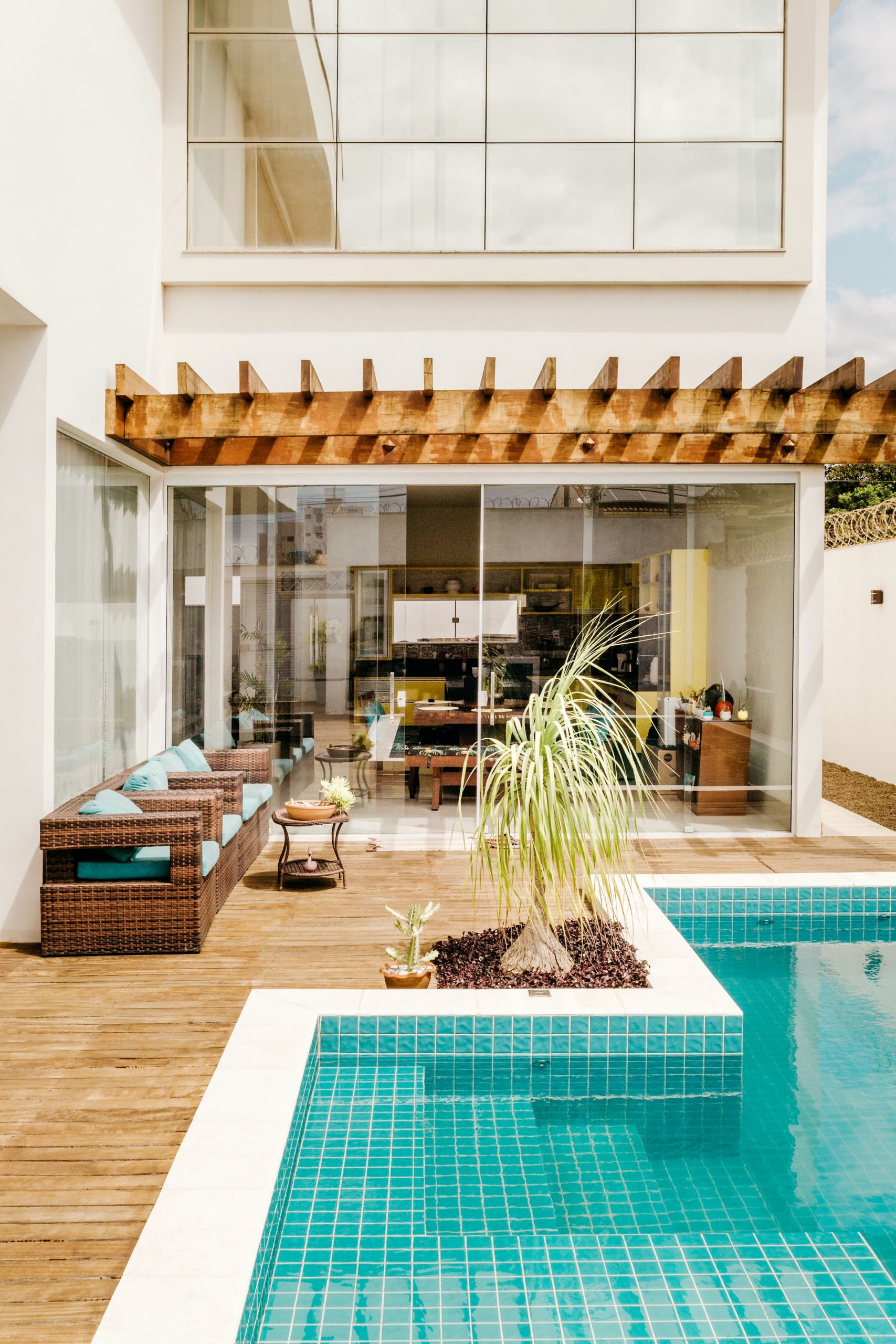“Ming” symbolizes brightness, clearness and enlightenment…
The Ming dynasty was ruled by the Chinese emperor Zhu Yuanzhang who had defeated the Mongol Yuan dynasty and led to China’s trade expansion to the outside world. In the very extensive literature of ancient China, we discover how Ming Dynasty was a beautiful time when men swore undying love, art (including painting and calligraphy) flourished, blue and white porcelain and carved lacquerware conquered designs and imperial court and the elite scholar-official class became active patrons.
The Chinese, traditionally known to be agrarian, was widely remembered for creating a breathtaking microcosm of the natural world within the confines of gardens during the Ming dynasty. Back then, if you’d enter one of the gardens of the Ming dynasty, you’d leave behind the bustling cacophony of the modern world and enter an entirely different world of tranquility and calmness, creating a sense of being surrounded by aspiring nature.
So, lets’ take a walk back in time and through an ancient Chinese garden!
Gardens in Ming Dynasty

Ming art was so divinely rich and varied that even today, experts have an extremely tough time choosing the best individual pieces as iconic representations of the Ming Dynasty. However, refined Chinese art was not the only glory of the ruling dynasty of China.
Although some fine garden designs and styles were introduced into China – most probably during the Tang dynasty – classical Chinese gardens with natural landscapes and in meticulous design started to develop more during the Great Ming, at a time of relative prosperity and great art influences.
Meanings in Garden

One of the most notable achievements during the Ming period was the advancement of art in the form of literature, poetry and painting. Artists drew upon techniques, styles, and complexity in art achieved by their predecessors to create natural masterpieces. Inspired by the motive of creating a place of retreat for mankind, classical Chinese gardens were initially designed by Taoist poets.
The objective was to capture serenity while portraying the different elements of nature. And, back then, only skillful masters could artfully bring natural elements together in a garden and create a layer of serenity.
Ming poets use their prodigious skills, along with shi and ci to make gardens come to life. As lovers of natural beauty and masters of history, they were able to provide insights into the indistinct wonders that were to be found within the walls of a garden. Using the beauty and intensity of emotions in poetry, they were able to create an atmosphere of tranquility for inspiration and contemplation.
The peace and tranquility within an ancient Chinese garden during the Ming period are also attributed to the works of painters. A garden is a dwelling filled with a wide range of tones and hues. To create a place that was to be savored for a lifetime and to incorporate the balance between yin and yang, one needs to design the garden with a harmony of contrasts, of dark and light tones, of solid and empty spaces, hard and soft edges and of straight and undulating lines.
Gardens have long been entwined with literature and one cannot ignore the literary effect of floral scents, orchards, shrubberies and many more. Garden is that one place on earth that represents an uncomplicated relationship between diving nature and man’s imperfect wisdom, literature. For an artist living in the Ming dynasty, a garden has the power to represent symbolic meaning and evoke natural moods and feelings. At that time, Chinese calligraphy was even used at the entrance of gardens. Furthermore, the art of garden design reached new heights when the four major elements of nature were inscribed in architecture and landscape.



